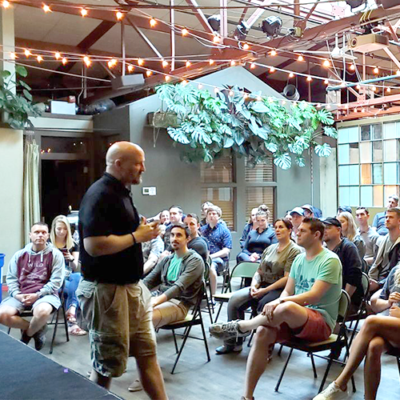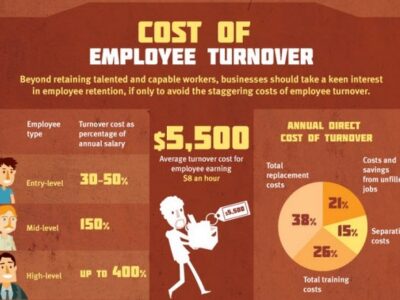Vocal Nonverbal Communication for Remote Teams, Pt. 2
If you’re over 3 years old, you probably remember the iconic Verizon “Can You Hear Me Now?” ads where our cell phone toting hero travels the globe to test the power of the communication giant’s network. Who knew that it would also become one of the most dreaded phrases on our conference calls? However, if you’ve ever choked back your anger while calmly explaining to a team member that you can’t hear them, only to get a louder, less understandable rendition, you probably are familiar with the question. By the way, if all you can think of now is “whatever happened to that guy?”, here’s an article on him. I’ll be here when you get back.
How To Overcome Communication Barriers
The truth is, while several blog posts on the subject tout “speaking up” as the key to being understandable on a call, actors and improvisers know that volume is only one piece of the clarity puzzle. And, it’s an important puzzle to solve. As Mike Hollier explains in his post on Dolby Voice technology, the human brain already has a harder time distinguishing voices on a conference call line than it does in real life. “We’re not evolved to understand conversations in which every voice comes from the same place, in which it’s hard to distinguish one voice from another and in which we lose subtle audio cues.”
Actors know they can help their audiences register and comprehend their words by using volume and the acting skill of projection together. First, volume, simply being louder or softer in voice, does have a place. Besides the distortion of most old-fashioned conference call technology, there is a much more human reason to speak up: conference calls are uncomfortable. Most people unconsciously subscribe to the rule of behavior:
“If it makes you feel awkward, make yourself smaller.”
In uncomfortable situations, the common response is to take up less physical space (uncrossing legs, folding arms together, tucking the chin down) and less vocal space (mumbling, getting quieter.) Chances are (unless you’ve taken an improv class) when you are uncomfortable — like when you’re talking into a box instead of to another person — you are not sharing your voice at the same volume you normally do. But, that’s where most online advice stops, and it shouldn’t. Projection is empowering your voice with well-controlled breath:
- filling up the lungs with air before speaking,
- releasing air in a controlled stream so you get the fullest sound for the least breath,
- and knowing when to stop and take a breath so you don’t run out of air at the wrong time.
Here is a simple exercise to help draw your attention to your breath. Stand up, place your feet apart at the same width as your shoulders, and bend your knees slightly — just like Tai Chi. Rest your hands lightly over your belly. Draw a deep, slow breath in through the nose, and imagine that breath going down into and filling up your belly like a balloon, gently pushing your hands away from your spine. (Did I mention “don’t do this where people can see you?” Well, I guess it depends on your office.)
Now, purse your lips like you’re blowing up a balloon, and begin exhaling a slow, controlled stream. As you do so, push your hands back in as if pressing your belly into your spine, and “feel” the air come up out of your belly and out through your lips. Repeat this in-and-out process a couple times and try to extend the length of the in-breath and out-breath by a second or two. (No, I’m not a doctor. None of this is medical advice. But, if you start to feel lightheaded, you’re probably going a little too hard core on this.)
Now would be a good time to mention that you are not actually breathing into your stomach — that would be bad. However, while our respiration occurs via the diaphragm muscle which is in the gut, many of us seem to have forgotten that in the way we breath. How often do you notice someone taking a “deep breath” by expanding their upper chest and raising their shoulders? How is that a deep breath? Seems to me, that’s a “high” breath. A deep breath should feel like we are breathing down into our gut and becoming more centered and calm.
Beyond the relaxation aspect of this practice, over the long term you may notice that your voice takes on a more even, supported, full sound. Furthermore, you may find that being louder comes more naturally and that your louder voice sounds more confident and is less likely to be screechy. Those elements of fuller, louder, more relaxed vocal quality complements an increase in volume to make an easier to understand presentation.
Practice effective breathing and projection on your next conference call, especially one where you’re using a speakerphone. With this new tool in mind (and in breath) you will hopefully never have to say “can you hear me now?”












